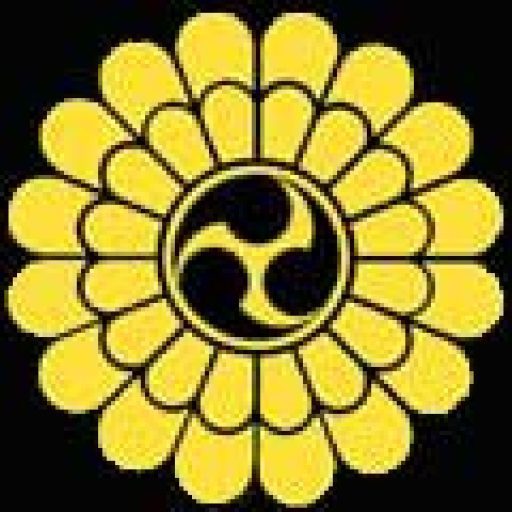History of Matayoshi Kobudo.
Matayoshi Shinko …

Matayoshi Shinko Sensei or “Kama nu Matehi” (Matayoshi the Kama) as he was often called, was born in the city of Naha, Okinawa in 1888. He was the third son of Matayoshi Shinchin, a wealthy businessman, and was the only member of his family to become involved in martial arts. During his life, he managed to travel to China twice. However, before his adventures in China Matayoshi Shinko Sensei had the opportunity to experience the art of weapons from many different instructors. During his teens, Matayoshi began his training in kobujutsu, under the instruction of Agena Chokuho Sensei of Gushikawa village. From Agena Sensei, Matayoshi learned Bo-Jutsu, Sai-Jutsu, Kama-Jutsu and Iyeku-Jutsu. He also became a student of Irei Sensei of Nozato, Chatan Town, from whom he learnt the arts of Tonkua-jutsu and Nunchaku-Jutsu.
Not long after, in about 1911, Matayoshi travelled to north China, his first trip. He crossed from Hokkaido (northern Japan) to Manchuria. There he stayed a couple of years and got himself involved with a mounted nomadic bandit gang.
They taught him the use of the Nagenawa-Jutsu (rope throwing – lasso) and the Ba-Jutsu (bow and arrow), as well as Shuriken-Jutsu (knife throwing); all this was carried out on horseback.
In 1915 during his return to Japan Matayoshi Shinko gave a Kobudo demonstration at Tokyo. This was in conjunction with the founder of Shotokan, Funakoshi Gichin, and was the first time Okinawan Kobudo was publicly demonstrated in mainland Japan. A few years later in 1921, he demonstrated his art with Miyagi Chojan in front of the young Crown Prince Hirohito during his visit to Okinawa.
Shinko Sensei continued his travels, his second trip to China, to expand his knowledge of the art of weaponry. This trip was a little less adventurous; it took him to Fuzhou and Shanghai. Here he learns the art of Surichin-Jutsu, Nunte-Jutsu and Tinbei-Jutsu. During his time here he began to develop interests outside of Kobudo, yet still within the area of martial arts. Shinko became involved in the study of Chinese acupuncture and herbal medicine under the instruction of Kinkoroushi. He furthered his studies in China learning Chinese boxing and Shorinji-kempo in Fuzhou.
It was not until 1935 when Matayoshi Shinko Sensei returned home to Okinawa, settled in Naha city, and shaped his experiences into the Matayoshi style of Kobudo. Shinko was able to pass on his knowledge to his son Shinpo before his premature death at the age of 59, in 1947.
